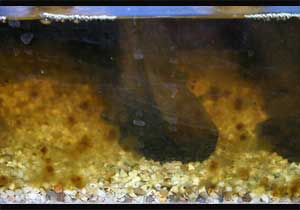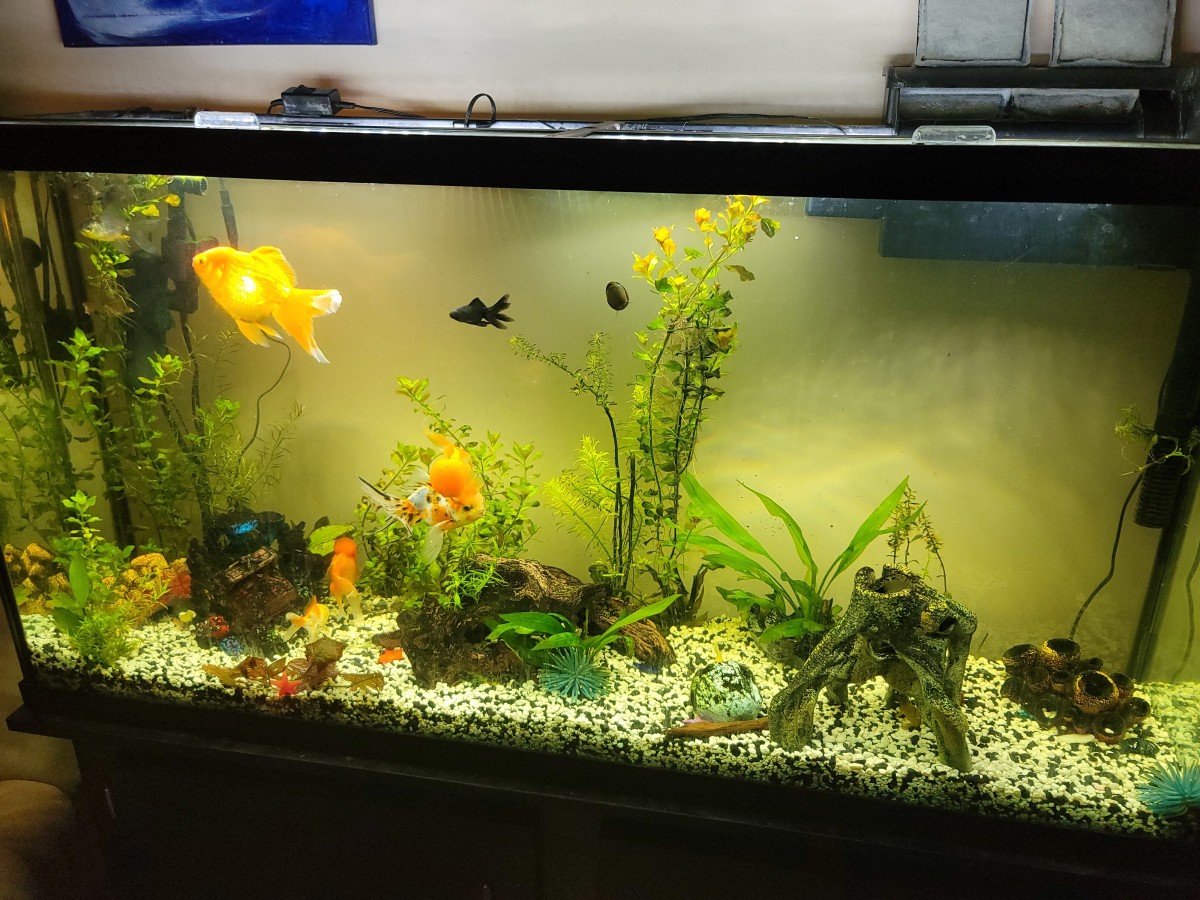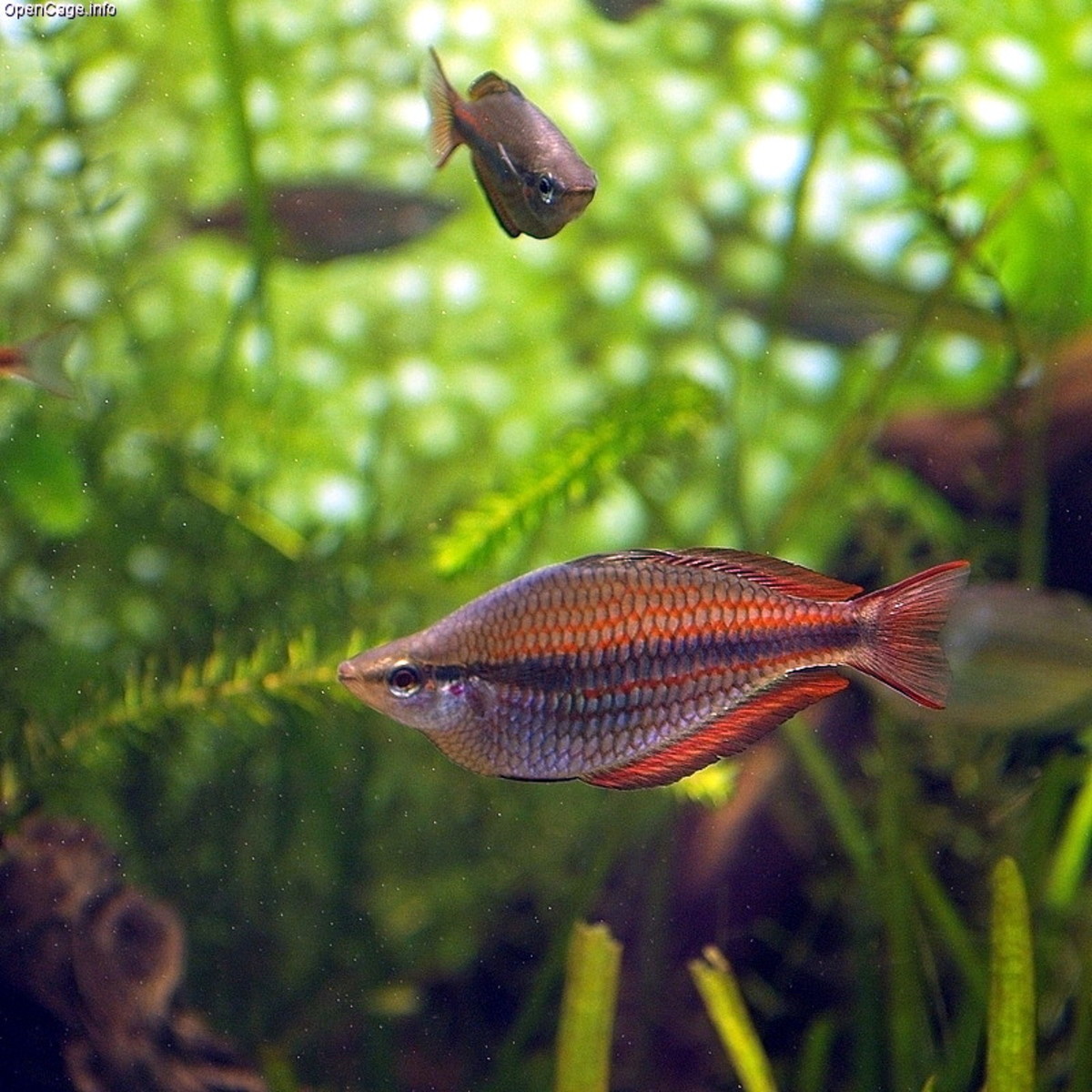Brown Algae In Fish Tank

Brown algae (diatoms) is often one of the first brushes the new aquarium owner has with tank algae, and due to its ability to rapidly spread over the glass of the tank, the substrate and any decorations, it can be something of a scary prospect to tackle. Fortunately, it is fairly easy to clean off the sides of your tank with an aquarium squeegee, however the underlying causes need to be addressed or it will return in force.
The first thing you should know about brown algae is that it is fairly common in new tanks, and can appear anywhere from a couple of weeks into the tank's life to several months in. It is thought that this brown algae is the result of
Here's what you can do to prevent the build up of brown algae:
- Don't over feed your tanks. New fish owners often overfeed, and because fish will often behave as if they are starving even if their last meal was five minutes ago, they don't know that over feeding is taking place. If you have algae or water quality problems, cut back on the amount of food you are feeding your fish, and consider fasting them one or two days a week. This will not hurt most fish, and is actually good for their health.
- Water changes and water quality. Check your tank's levels of ammonia, nitrites and nitrates. Ammonia and nitrite should be at 0 and nitrates should also be below 30ppm. If your nitrate levels are high, regular water changes will help bring them down and slow the growth of algae in your tank. Algae problems are often indicative of water quality issues, so make sure you are doing regular water changes.
- Catfish are good at eating this brown algae, however they are not the only means to controlling it, and if your tank is already very well stocked with fish, then adding more will only increase your problems, not solve them. If you have leapt into fish keeping with wild enthusiasm and purchased a lot of fish for your new tank, consider taking some back or rehoming some of them. You can build up fish levels later, when your tank is ready for it. Tanks go through a cycling period in which good bacteria grow to feed on ammonia wastes produced by fish, too many fish makes for too much ammonia and a sick tank.
- Increase lighting. If your water parameters for ammonia, nitrites and nitrates are all good, increasing the lighting levels may help to curb the growth of brown algae which tends to grow in low light conditions.



